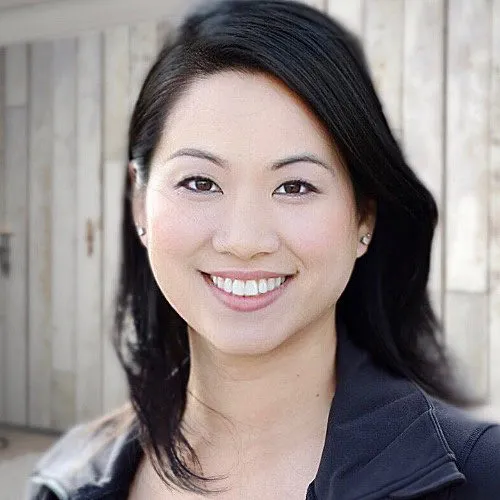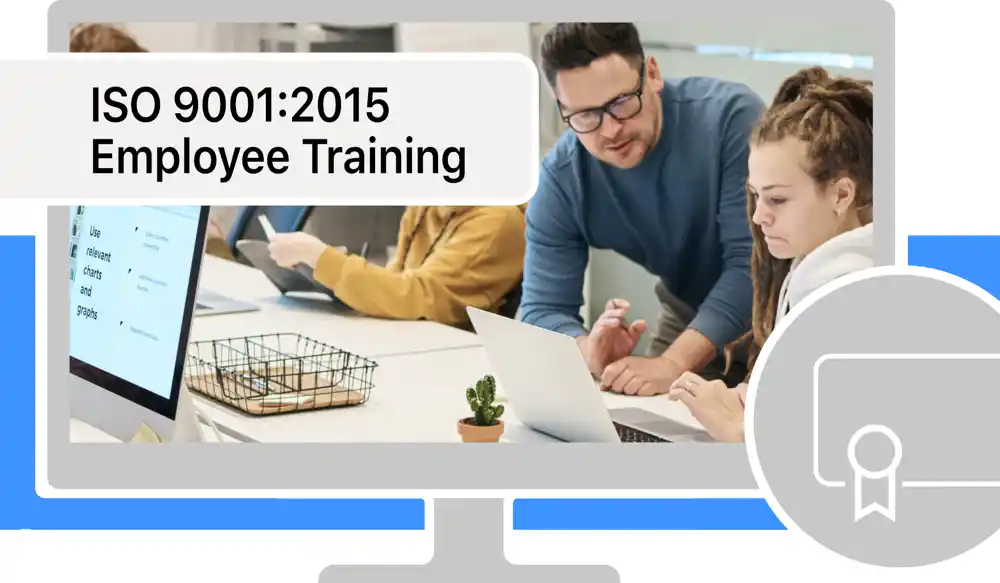Unlocking ISO 9001 Excellence: The Hidden Power of Employee Training
19 August 2024
In the realm of quality management systems, the importance of comprehensive employee training cannot be overstated, particularly when implementing ISO 9001. This article presents an in-depth comparison of two companies (referred to as TechInnovate and GlobalSolutions to maintain client confidentiality) as they navigated the complex process of ISO 9001 implementation. By examining their contrasting approaches to employee training, we will highlight the profound impact this crucial step has on the success of ISO 9001 certification and beyond.

The Hidden Power of Employee TrainingInitial Stages: Setting the Foundation
Employee Awareness and Buy-in
TechInnovate, having neglected initial employee training, faced immediate challenges in garnering staff support. When the quality management team introduced new documentation requirements, they were met with confusion and resistance. For instance, when implementing a new change control process, several senior developers openly questioned its necessity, leading to delays in adoption.
Conversely, GlobalSolutions, which leverage our online employee training as part of our guided DIY approach, experienced a markedly different scenario. During their first company-wide meeting about ISO 9001, employees asked informed questions about how the standard would improve their daily operations. This engagement was evident when the logistics team proactively suggested ways to integrate ISO 9001 principles into their existing workflow, demonstrating a clear understanding of the standard's benefits.
Resource Allocation
TechInnovate's lack of initial training led to inefficient resource allocation. The company had to assign additional staff to explain basic ISO 9001 concepts repeatedly across departments, diverting resources from core business activities. For example, the quality manager spent an average of 15 hours per week addressing fundamental questions that could have been covered in initial training.
GlobalSolutions, however, found that their upfront investment in training paid dividends in resource efficiency. The online training platform allowed employees to learn at their own pace, minimizing disruption to daily operations. The company reported that employees spent an average of just 5 hours per week on ISO 9001-related activities during the implementation phase, compared to industry averages of 10-12 hours.
The Hidden Power of Employee TrainingImplementation Phase: Navigating Challenges
Process Documentation and Standardization
As TechInnovate moved into the process documentation phase, the lack of a common understanding became glaringly apparent. Different departments interpreted requirements inconsistently, leading to a patchwork of processes that didn't align with ISO 9001 principles. For instance, the sales and customer service departments developed conflicting approaches to handling customer complaints, necessitating a complete overhaul of both processes.
GlobalSolutions, armed with well-trained staff, approached process documentation methodically. Employees from various departments collaborated effectively, ensuring that processes were not only compliant with ISO 9001 but also optimized for efficiency. Their customer feedback process, for example, seamlessly integrated input from sales, customer service, and product development teams, creating a holistic approach that exceeded auditor expectations.
Neglecting thorough ISO 9001 training is tantamount to compromising the integrity of your quality management system, potentially leading to inconsistent processes, increased non-conformities, and diminished customer satisfaction.
Michael Okonkwo, CEO of GlobalSolutions
Internal Audits and Corrective Actions
TechInnovate's internal audit process revealed numerous non-conformities, many stemming from a basic misunderstanding of ISO 9001 requirements. The company had to conduct three rounds of internal audits before achieving a level of compliance suitable for certification, each round requiring extensive corrective actions and additional training.
In contrast, GlobalSolutions' first round of internal audits identified only minor non-conformities, most of which were quickly addressed. The auditors noted that employees demonstrated a thorough understanding of ISO 9001 principles, often providing insightful suggestions for improvement during the audit process.
The Hidden Power of Employee TrainingLong-term Impacts: Beyond Certification
Continuous Improvement Culture
Six months post-certification, TechInnovate struggled to maintain momentum in their quality management system. The lack of foundational understanding meant that employees viewed ISO 9001 as a one-time hurdle rather than an ongoing process. The company's suggestion box for quality improvements remained largely unused, with only three suggestions submitted in the first quarter after certification.
GlobalSolutions, however, saw a flourishing culture of continuous improvement. In the same time frame, they received over 50 employee suggestions for process improvements, many of which were implemented successfully. This proactive approach led to measurable improvements in efficiency and customer satisfaction.
Adaptability to Change
When faced with a significant market shift requiring rapid adaptation of their quality management system, TechInnovate found itself ill-prepared. The process of updating documentation and retraining employees took nearly three months, during which time the company lost market share to more agile competitors.
GlobalSolutions, with its well-trained workforce, adapted swiftly to the same market changes. Employees, understanding the principles behind their quality management system, were able to propose and implement changes quickly while maintaining compliance with ISO 9001. This adaptability allowed them to capitalize on new market opportunities, resulting in a 15% increase in market share over the following year.
In the journey towards quality excellence, knowledge is not just power – it's the key to success.
The Hidden Power of Employee TrainingThe Undeniable Value of Comprehensive Employee Training
The contrasting experiences of TechInnovate and GlobalSolutions provide compelling evidence for the critical role of comprehensive employee training in ISO 9001 implementation. While TechInnovate's journey was marked by confusion, resistance, and inefficiency, GlobalSolutions demonstrated how proper training can lead to smooth implementation, fostering a culture of quality and continuous improvement.
For organizations embarking on their ISO 9001 journey, the lesson is clear: investing in thorough employee training from the outset is not just beneficial—it's essential. Utilizing resources like our ISO 9001:2015 Employee Training can provide the necessary foundation for a successful implementation and long-term quality management success.
By prioritizing employee training, companies can transform the ISO 9001 implementation process from a challenging ordeal into a strategic opportunity for organizational growth and excellence. The initial investment in training pays dividends not just in achieving certification, but in creating a workforce that is engaged, informed, and committed to the principles of quality management.


